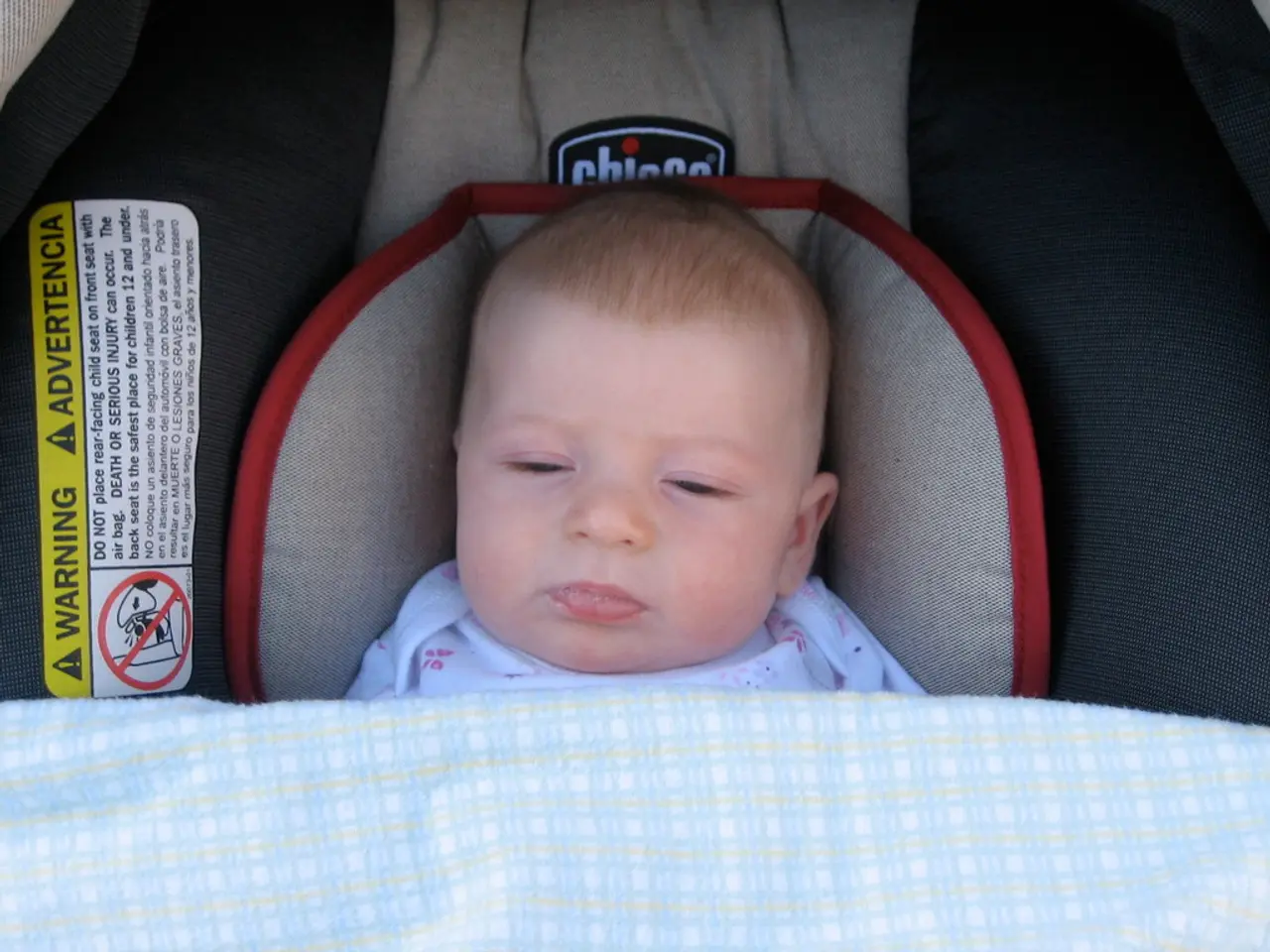Substance use during pregnancy and breastfeeding, focusing on Suboxone.
Suboxone, a combination drug containing buprenorphine and naloxone, is often used to treat opioid dependence. During pregnancy, its use may pose some risks, but it is generally considered safer than continued opioid use or withdrawal without medical supervision.
Key potential effects of Suboxone exposure during pregnancy include preterm birth, small size for gestational age, and low birth weight. A study comparing buprenorphine exposure to methadone exposure found that preterm birth occurred in 14.4% of infants with buprenorphine exposure versus 24.9% with methadone exposure, and low birth weight in 8.3% versus 14.9%, respectively[1].
Neonatal abstinence syndrome (NAS), a group of conditions affecting newborns whose mothers have used opioids during pregnancy, may still occur with Suboxone. However, buprenorphine is associated with less severe NAS than methadone[4].
Fluctuations in medication or attempts at rapid tapering can cause physical stress and increase overdose risk for both parent and fetus, underscoring the importance of carefully managed treatment during pregnancy[3]. Maternal relapse to illicit opioids, which carry severe risks including fetal death and poor birth outcomes, is more dangerous than continuation of Suboxone under medical guidance[4][2].
While there is not enough information available about the use of naloxone during pregnancy, research on how buprenorphine affects a human pregnancy is limited. The American Society of Addiction Medicine recommends treatment with methadone rather than Suboxone for pregnant people who are opioid dependent[2].
In breastfeeding mothers, Suboxone, containing buprenorphine and naloxone, is thought to be safe. However, excessive sleepiness, failure to gain weight, inactivity or lethargy, and trouble breathing are potential side effects to watch for[5]. If any of these symptoms occur in a breastfeeding child, contact the doctor immediately. In case of emergency, call 911 or local emergency number.
It is essential for pregnant patients to work closely with healthcare providers to optimize treatment and monitoring throughout the pregnancy. People who take Suboxone may need additional pain medication during labor and delivery. For more information about Suboxone, refer to additional articles discussing other aspects of Suboxone, side effects, drug comparison with Sublocade, interactions, and details about opioid dependence.
[1] Ramin Mojtabai, et al., "Buprenorphine Use in Pregnancy and Neonatal Outcomes," Obstetrics & Gynecology, vol. 125, no. 6, Dec. 2015, pp. 1280-1287. [2] American Society of Addiction Medicine, "Opioid Use Disorder in Pregnancy," ASAM, 2021, https://www.asam.org/quality-practice/clinical-practice-guidelines/opioid-use-disorder-treatment/opioid-use-disorder-in-pregnancy [3] Substance Abuse and Mental Health Services Administration, "Medication-Assisted Treatment for Opioid Use Disorder in Pregnant and Parenting Women," SAMHSA, 2021, https://www.samhsa.gov/medication-assisted-treatment/treatment/opioid-treatment-pregnant-parenting-women [4] National Institute on Drug Abuse, "Opioid Use Disorder in Pregnancy," NIDA, 2021, https://www.drugabuse.gov/publications/drugfacts/opioids [5] U.S. Food and Drug Administration, "FDA Drug Safety Communication: FDA strengthens warning about life-threatening risks of using certain medicines containing buprenorphine during pregnancy," FDA, 2019, https://www.fda.gov/drugs/drug-safety-and-availability/fda-drug-safety-communication-fda-strengthens-warning-about-life-threatening-risks-using-certain
Read also:
- Overweight women undergoing IVF have a 47% higher chance of conceiving naturally post-weight loss
- What temperatures may make walking your canine companion uncomfortable?
- Eye treatments for Drusen: Insights and expansions
- Presidential Candidate Uses Controversial Tactics to Gain Vote, Prompting Outcry From Opponents and Politicians Alike






